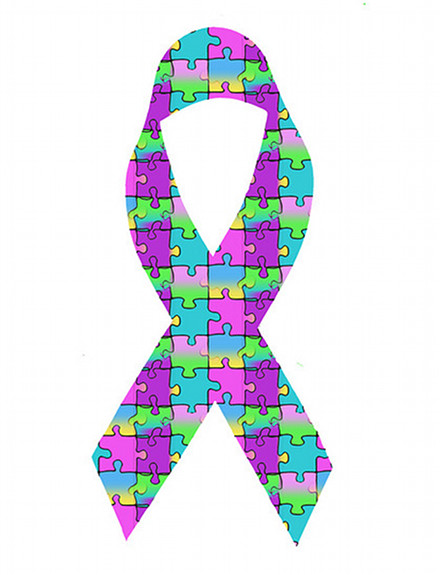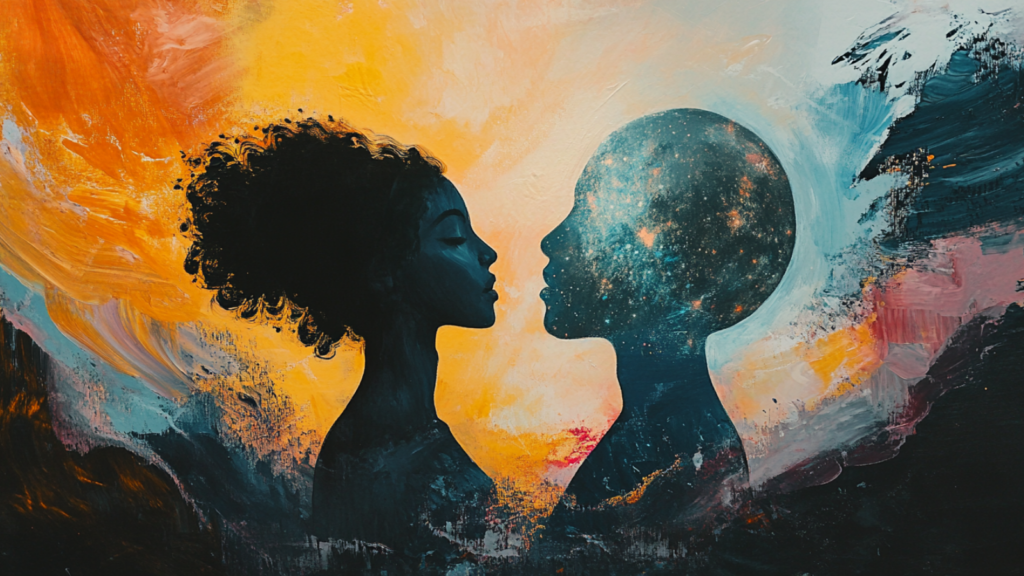Neurodiversity is an immersive video installation that
presents the world — more accurately, worlds — of people with ASD, or Autism
Spectrum Disorder. I am using the
project to explore the idea that autism is primarily a perceptual
condition. This idea, which has
been promoted by autistic activists, has powerful philosophic implications, and
it also undermines theories that autism can be understood in terms of behavior.
My interest in autism began when I met Temple Grandin. I was a TV programming executive, and
we were interested in a doing a series on animal perception. Temple is one of the world's leading
authorities on how animals perceive, a topic that fascinates me, and I was also
keen to cultivate the world's first autistic television host.
My personal interest in animal perception came from my
background in philosophy, but, after a few conversations with Temple, my
interest shifted to autism. She claimed that there are similarities between
certain forms of mammalian perception and that of people with ASD, and it was
these similarities that enabled her stunning insights into the way cows, dogs
and other species behave.
Before I read Animals in Translation, I considered autism as
a purely psychological condition.
Why are autistic people seemingly self-involved? In the 1950s
psychologists promoted a now discredited theory that "refrigerator mothers"
were the cause of autism in children. Current explanations propose that ASD involves impairment in
one's theory of mind, in other words, the ability to read emotions and
intentions, or in the mirror neurons that form the physiological basis of
empathy.
The story I got from Temple led me in a different direction. She explained how the world terrified
her when she was young because she lacked sensory integration. Associations that develop organically
in the neurotypical (what may be called "normal") don't happen in people on the
autism spectrum. Autistic people
also have extraordinary sensitivities to phenomena that others don't
notice. Florescent lights, the
contrast between letters and paper, abrupt sounds or movements: all these
things can send the "autistic" subject into sensory conundrums.
I found other first person accounts of autism. Donna Williams explains the experience
of being monochannel in her book Autism Inside Out. Monochannel perception occurs when a person's brain can only
attend to one sensory modality at a time.
You can see, and you can hear, but you can't see and hear at the same
time. Monochannel makes for
confusion, especially in social situations which require ongoing
calibration. A friendly touch can be
a shock if you don't see it coming, which then leads to a cascades of
awkwardness and withdrawal.
The word autism implies that people with ASD are
self-involved, but autistic people who write tell a different story. They describe hyperacuity to sensation,
a condition which leads to an overwhelming attention to details in their
environment. Amanda Baggs created
a video, In My Language, that shows how phenomena like running water captivate
her. And Tito Mukhopadhyay, who
moved from India to Austin, Texas, has written several books that describe the
many stories he hears from mirrors, fans and elevators.
With Neurodiversity I am working to understand the range of
human experience. I am also trying
to understand the specifics of autism.
While it is often treated through behavioral intervention, I have found
that autistic behavior can derive from attempts to compensate for perceptual
instability. Take arm flapping, a
behavior which occurs when an autistic person loses proprioception, or their
awareness of body in space. It may
seem disruptive, but for autistic subjects it's steadying, because they regain
spatial awareness. As a side note,
my kundalini yoga instructor leads us in arm flapping for the same reason — she
claims it "balances the hemispheres and orients the body in space."
In cases like arm flapping, behavioral intervention may
comfort neurotypical caregivers, but it may not address the core issue for the
"autistic" person: a terrifying loss of body. Autism may be diagnosed through its attendant psychological
and behavioral disorders, but I wonder if some of these don't stem from a more
fundamental perceptual condition.
Autism is a subject where art, science and philosophy can
meaningfully interact. Science
provides analytic tools for developing a clinical model, and neurology can
illuminate where autistic processing differs from neurotypical. Because autism touches on human
subjectivity, it also requires philosophic rigor, as it is tempting to apply
scientific principles beyond their proven range. First-person accounts of autism should be weighted heavily
against clinical observation, and I am using these as the primary source for my
artwork.
Why create an artwork about autism? Art expresses the human spirit. Even as technology-driven science
explains the spiritual away, the human spirit remains the primary force that
integrates our consciousness into a self-and it is the self, a divine fiction,
that we experience directly, with all the joys and sorrows of everyday
life. I don't think the clinical "disease-based" understanding
of autism creates sympathy, and it may also miss on key facets of the autistic experience
that could be used for diagnosis, intervention and socialization.
Art integrates: at its best, art reinforces our identity as
beings with a place in society and the cosmos. Unlike science or philosophy, it creates a matrix of
experience, and I can use it to synthesize different strands of explanation, to
test them for consistency. Ideally
I can give a direct experience of the object of study. Without downplaying the pain associated
with the condition, my artwork may help us look beyond our current conceptions
of ASD. Perhaps it could even help
us, meaning me and other neurotypical readers, to appreciate autism, as many
activists are now asking us to do.
April is Autism Awareness Month. Please help spread the word about the Kickstarter campaign. Please also visit the author here.
Image by Beverly & Pack, courtesy of Creative Commons license.













